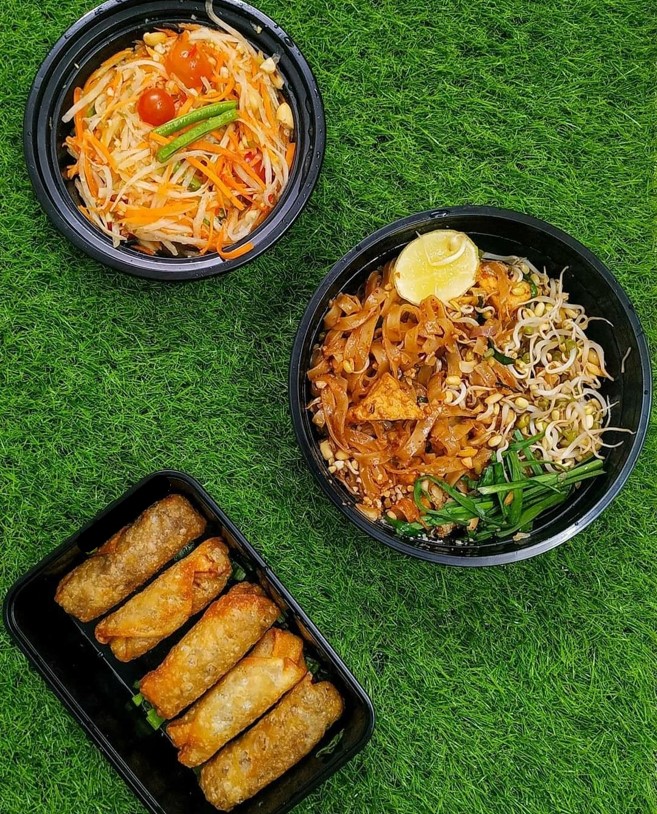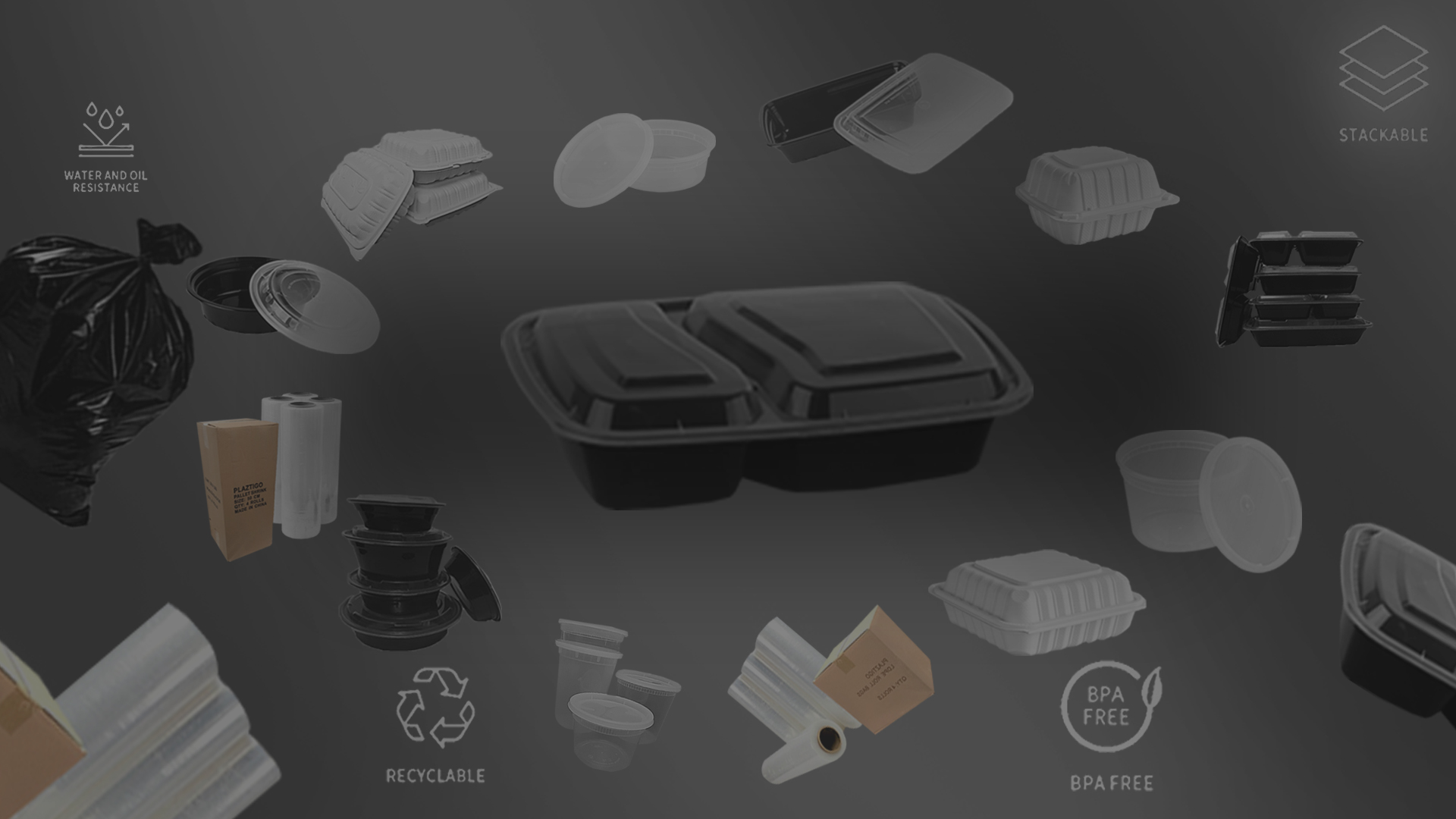Clamshell Containers

61
Clamshell PP Container
6″ x 6″, (200, 250, 400pcs/Case)
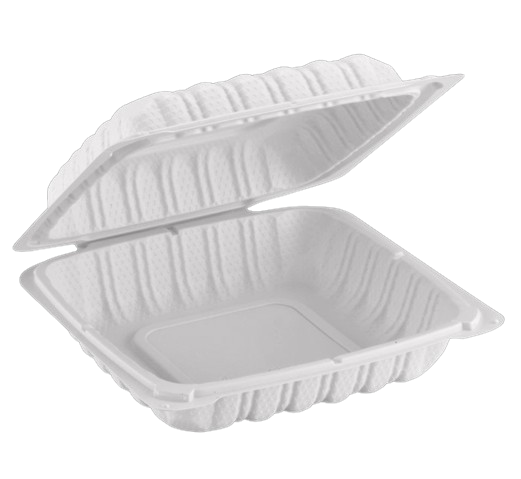
81
Clamshell PP Container
8″ x 8″, (100, 150, 180pcs/Case)
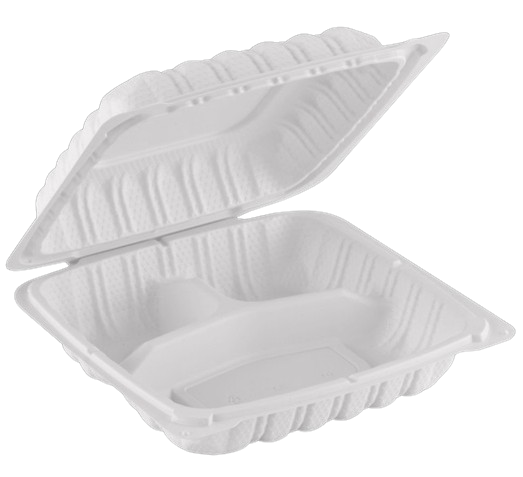
83
Clamshell PP Container
3-compartment 8″ x 8″, (100, 150, 180pcs/Case)

91
Clamshell PP Container
9″ x 9″, (100, 120, 150pcs/Case)
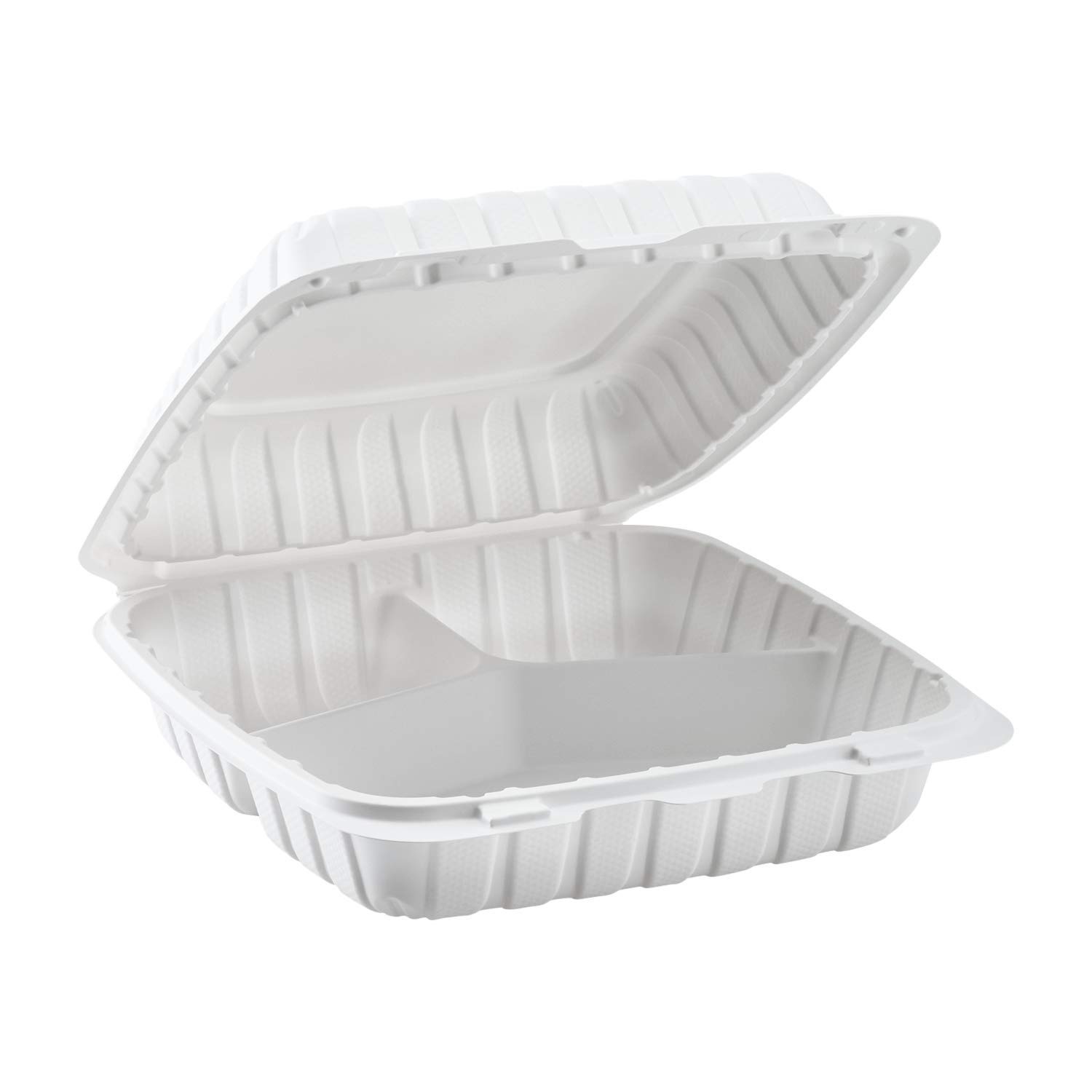
93
Clamshell PP Container
3-compartment, 9″ x 9″, (100, 120, 150pcs/Case)
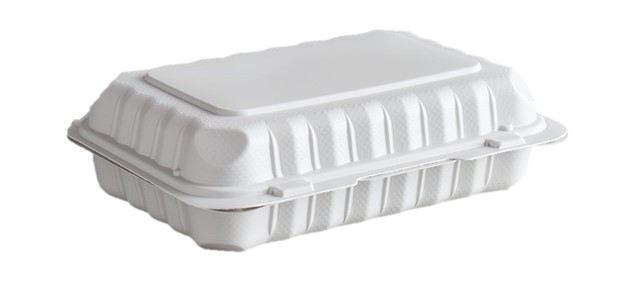
96
Clamshell PP Container
9″ x 6″, (200pcs)
Clear Hinged Containers
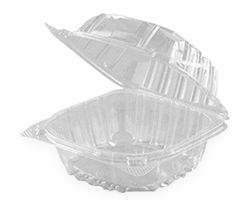
C61
Clear Clamshell Container
6″ x 6″, (400, 500pcs/Case) (2” & 3” deep)
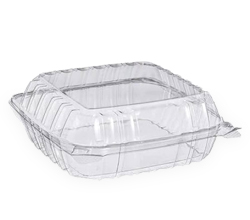
C81
Clear Clamshell Container
1-compartment, 8″ x 8″, (200, 250pcs/Case) (2” & 3” deep)
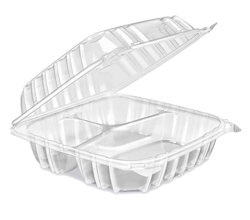
C83
Clear Clamshell Container
3-compartment 8″ x 8″, (150pcs/Case)
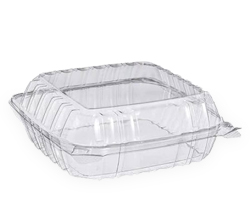
C91
Clear Clamshell Container
9″ x 9″, (200, 250pcs/Case) (2” & 3” deep)
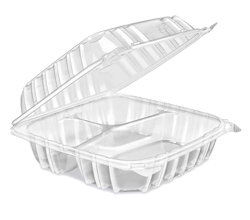
C93
Clear Clamshell Container
3-compartment, 9″ x 9″, (150pcs/Case)
Temper Resistant Container (With Flat Lid)
Available with and without Lock
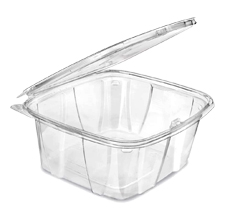
12oz
(200pcs/Case)
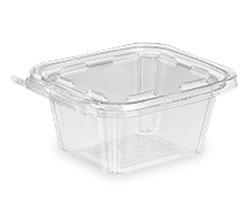
16oz
(200pcs/Case)
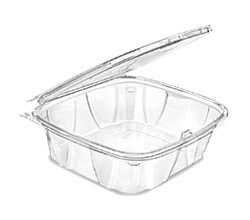
24oz
(200pcs/Case)
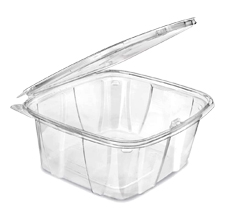
32oz
(200pcs/Case)
Introduction
Hinged containers are ubiquitous in various industries due to their convenience, versatility, and durability. From food packaging to storage solutions, these containers serve a multitude of purposes. This article explores the different types of hinged containers, their applications, benefits, and the materials used in their manufacture.
Types of Hinged Containers
Hinged containers come in various shapes, sizes, and materials. The most common types include:
1. Food Containers
Hinged food containers are widely used in the food service industry. They are typically made of plastic, foam, or biodegradable materials and are designed to keep food fresh and prevent spills. Popular variants include clamshell containers, lunch boxes, and sandwich boxes.
2. Storage Boxes
These containers are designed for organizing and storing household items, tools, and office supplies. They often feature snap-lock lids to ensure the contents are secure.
3. Medical and Pharmaceutical Containers
Hinged containers are essential in the medical field for storing and transporting medicines, samples, and other medical supplies. They are usually made of high-quality plastic to maintain sterility and prevent contamination.
4. Industrial Containers
Used for shipping and storage in industrial settings, these containers are made from durable materials like metal or heavy-duty plastic. They often include additional features such as tamper-evident seals and reinforced hinges.
Materials Used
The choice of material for hinged containers depends on the intended use. The most common materials include:
1. Plastic
Plastic is a popular choice due to its versatility, durability, and lightweight nature. Common types of plastic used include polypropylene (PP), polyethylene (PE), and polystyrene (PS).
2. Foam
Foam containers are lightweight and provide excellent insulation, making them ideal for hot and cold food items. They are, however, less environmentally friendly compared to other materials.
3. Biodegradable Materials
With growing environmental concerns, there is an increasing demand for biodegradable hinged containers. These are made from materials such as cornstarch, sugarcane, and other plant-based substances.
4. Metal
Metal containers are used in industrial applications where strength and durability are crucial. They are often used for heavy-duty storage and transportation.
Applications
Hinged containers have a wide range of applications across various industries:
1. Food Service Industry
Restaurants, cafes, and food delivery services rely heavily on hinged containers for packaging food. These containers help maintain the temperature and integrity of the food during transport.
2. Retail and Consumer Goods
Hinged containers are used for packaging a variety of consumer goods, from cosmetics to electronics. They provide an easy way for consumers to access products while keeping them secure.
3. Healthcare
In healthcare, hinged containers are used to store medical supplies, specimens, and pharmaceuticals. They help ensure sterility and prevent contamination.
4. Logistics and Shipping
Hinged containers play a crucial role in the logistics and shipping industries. They are used for storing and transporting goods, protecting them from damage during transit.
Benefits
Hinged containers offer several benefits that make them a preferred choice in many applications:
1. Convenience
The hinged design allows for easy opening and closing, providing quick access to the contents.
2. Durability
High-quality materials ensure that the containers are durable and can withstand rough handling.
3. Versatility
Available in various sizes and shapes, hinged containers can be used for a wide range of purposes.
4. Reusability
Many hinged containers, especially those made of plastic and metal, are reusable, making them a cost-effective option.
5. Environmental Impact
Biodegradable and recyclable options help reduce the environmental footprint of hinged containers.
Conclusion
Hinged containers are a vital component in numerous industries, offering a practical and reliable solution for packaging, storage, and transportation. With advancements in materials and design, these containers continue to evolve, meeting the growing demands for convenience, durability, and sustainability. Whether in a restaurant, a hospital, or a warehouse, hinged containers prove to be an indispensable tool in modern life.
